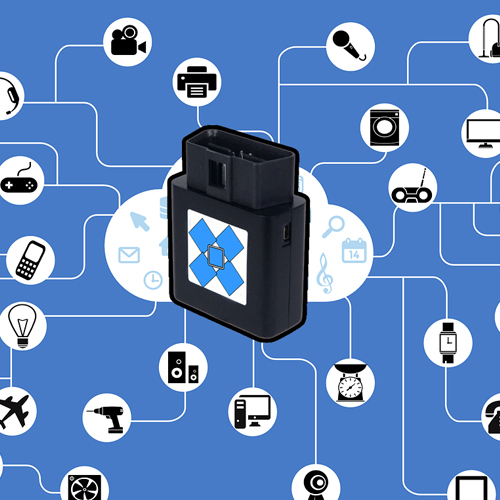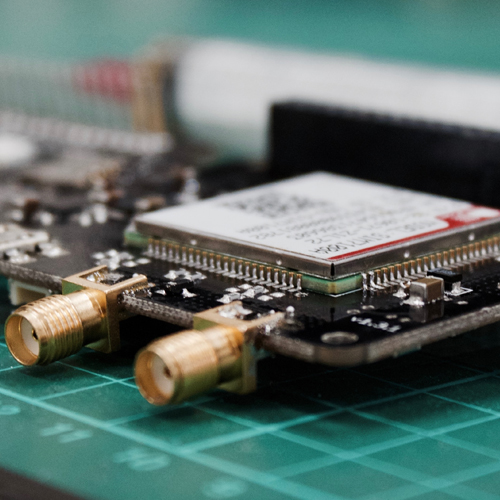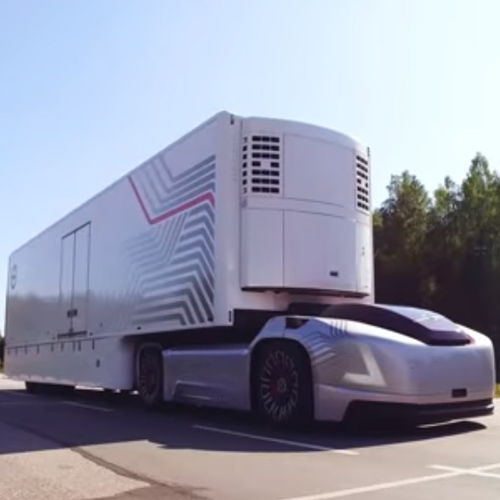What is IoT? Imagine a toaster sending it’s data to the kitchen freezer, telling it at what the most ample toasting temperature is. That’s IoT. Okay, well no it’s not, not really.
The internet of things, also known as IoT, refers to the millions of smart devices around the word which have an internet connection and are networked; each of which is sending and receiving data.
An IoT device is capable of being as small as a bean, to as large as an aeroplane.
This is all thanks to the availability and low cost of the networked hardware allowing this communication to occur.
Connecting all these devices together with their various sensors turn dumb devices, into smart devices, enabling them to share & communicate in real time without human interaction.
It’s the way of the future.
What can an IoT device be?
Basically any electronic device can act as an IoT device if it has an internet connection.
One that you may be familiar with is a light that can be turned on utilizing a cell phone app, similar to a PIR movement sensor (outdoor floodlights) or the office air conditioner.
An IoT gadget could be as as simple as a youngster’s toy, a vehicles OBD car tracker or as complex as a driverless truck. Some bigger IoT devices may themselves be loaded up with numerous IoT devices, for example, an aeroplanes engine that is loaded up with a huge number of sensors gathering and transmitting information back to ensure it is working proficiently.

At a significantly greater scale, certain countries & cities are filling entire neighbourhoods with sensors to assist us with comprehension and control the earth.
You could imagine the benefits of an early warning earthquake system; all capable with IoT
Where it all began
Adding sensors and insight to essential items was talked about all through the 1980s and 1990s (and there are apparently some a lot prior predecessors), yet separated from some early undertakings – including a web associated candy machine – progress was moderate basically on the grounds that the innovation wasn’t prepared. Chips were too huge and cumbersome and there was no chance to get for articles to impart successfully.

Processors that were modest and power sufficiently cheap to be everything except dispensable were required before it at last became financially savvy to associate up billions of gadgets. The reception of RFID labels – low-power chips that can convey remotely – illuminated a portion of this issue, alongside the expanding accessibility of broadband web and cell and remote systems administration. The reception of IPv6 – which, in addition to other things, ought to give enough IP delivers to each gadget the world (or in reality this universe) is ever liable to require – was additionally a fundamental advance for the IoT to scale.
Kevin Ashton begat the adage ‘Web of Things’ in 1999, in spite of the fact that it took in any event one more decade for the innovation to find the vision.
Benefits
The IoT vows to make our condition – our homes and workplaces and vehicles – more astute, increasingly quantifiable, and… chattier. Savvy speakers like Amazon’s Echo and Google Home make it simpler to play music, set clocks, or get data. Home security frameworks make it simpler to screen what’s happening inside and outside, or to see and converse with guests. In the interim, brilliant indoor regulators can assist us with warming our homes before we show up back, and keen lights can make it seem as though we’re home in any event, when we’re out.
Looking past the home, sensors can assist us with understanding how uproarious or contaminated our condition may be. Self-driving vehicles and keen urban areas could change how we construct and deal with our open spaces.

Be that as it may, a considerable lot of these advancements could have significant ramifications for our own security.
